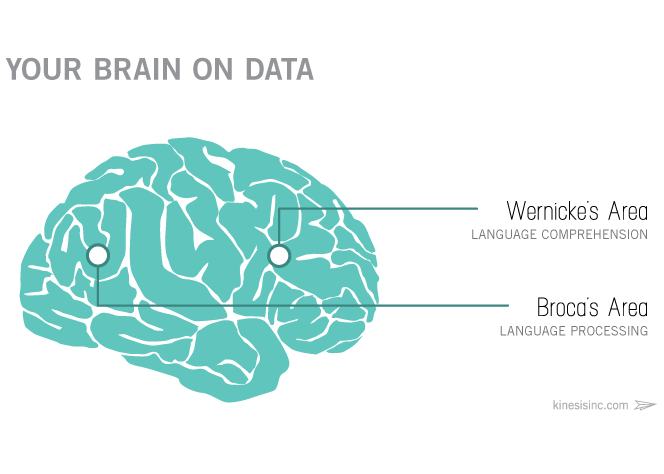In this article, we will look at what storytelling means within business and marketing strategy; types of stories in branding; why the story has such a powerful impact on a person; and where to start creating a story for a brand.
What Does Storytelling Mean in the Context of Business and Marketing?
Storytelling is:
- a way to establish communication with other people (customers, suppliers, employees, etc.),
- a way to convey knowledge and experience,
- a way of capturing the mind and heart of another person, specifically a buyer, business partner, or sponsor.
You have to remember the only correct definition of “storytelling”:
Story is about the experience of human transformation.
This experience can be both positive and negative. The experience and the moment when changes occur in a person as a result of this experience make the story successful.
Therefore, it is necessary to remember that every element is important: experience-change-person. Without at least one component, there won’t be an interesting and effective story.
A good story in itself creates value for a brand. So don’t neglect this opportunity.
Storytelling and Business: Two Types of Stories

There are two types of stories in business:
- Stories that tell about how the brand was created, about the technological and technical processes of production, about the characteristics of the product, about raw materials, etc. This information is interesting to you and people who are similar to you – other businessmen and entrepreneurs. But for a potential buyer, such a story is boring and uninteresting.
- Stories that tell about experiences that were related to a product or service. You can also read more about this in the article about visual storytelling. These are the stories that capture the heart and mind of the buyer.
How and Why Storytelling Works
Storytelling & Science
Let’s look at why a story has the power to captivate a listener and hold their attention. What happens to the human brain during storytelling?
When you work, two zones are used in the brain: for perception and analysis of received information. And it looks like this:

But when you start listening to someone’s story, a real explosion occurs in your brain:

In the article about visual storytelling, I already mentioned the phenomenon of “neural connection”. This is it. Listening to a story, we experience events as if they were happening to us at the moment in real life. This is the power of storytelling.
Storytelling & Psychology
Nobel Laureate in economics – psychologist Daniel Kahneman identifies two systems of thinking in the human psyche:
- System 1 is an automatic system that requires little effort. It’s like a background soundtrack in our head: “What to cook for breakfast?”, “Where should we go tonight?” And other simple decisions that we make every minute.
- System 2 requires attention and effort to make informed decisions.
While we are awake, we have both systems working. At the same time, system 2 seems to be in sleep mode with minimal energy consumption and approves all decisions made by system 1.
So, the task of the storyteller is to take the listener from system 1 to system 2. Then you can interest the audience and force them to focus on the story, and even make sometimes irrational decisions.
Storytelling as a Branding Element: How to Create Brand Story
Once you’ve figured out how storytelling works and why you should use it to promote your brand, you need to answer the question: “What do you want to achieve with a story? What are your goals?
The answers to these questions will help you not to go astray in the future, because you will understand exactly where to go and why. On this basis, you or your employees will collect and analyze data.
Step 1. Collect and analyze data.
Step 2. Creative work. It is one thing to collect data, statistics, and facts, and conduct analysis, and quite another to create a story about a brand based on the information received.
Most likely you will be a little scared and a lot will seem incomprehensible, but as you work, everything will fall into place.
Step 3. Now try to find the “golden grains of sand” in your business: those elements that make your business stand out from others, some of its features that will make your story unique and fresh.
Step 4. When collecting and analyzing information about your business (profits, losses, cost of raw materials, deadlines for completing work, etc.), you most likely have already found and identified some interesting observations:
- perhaps there was a conflict situation (between you and employees, for example),
- something unexpected may have happened during data analysis,
- a stressful situation
- identify the characters for the story (employees, suppliers, customers).
You can use these notes to create a story for your brand.